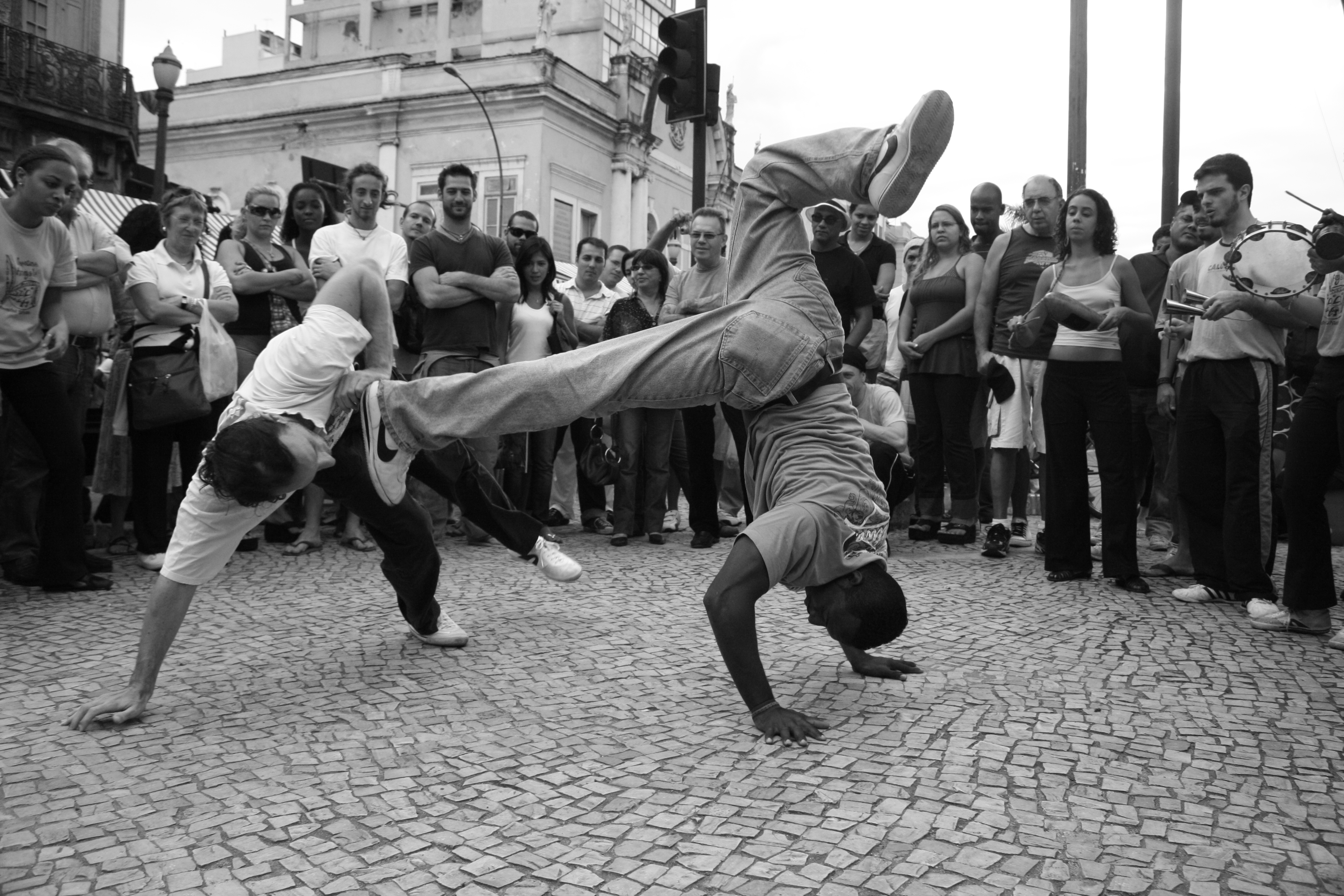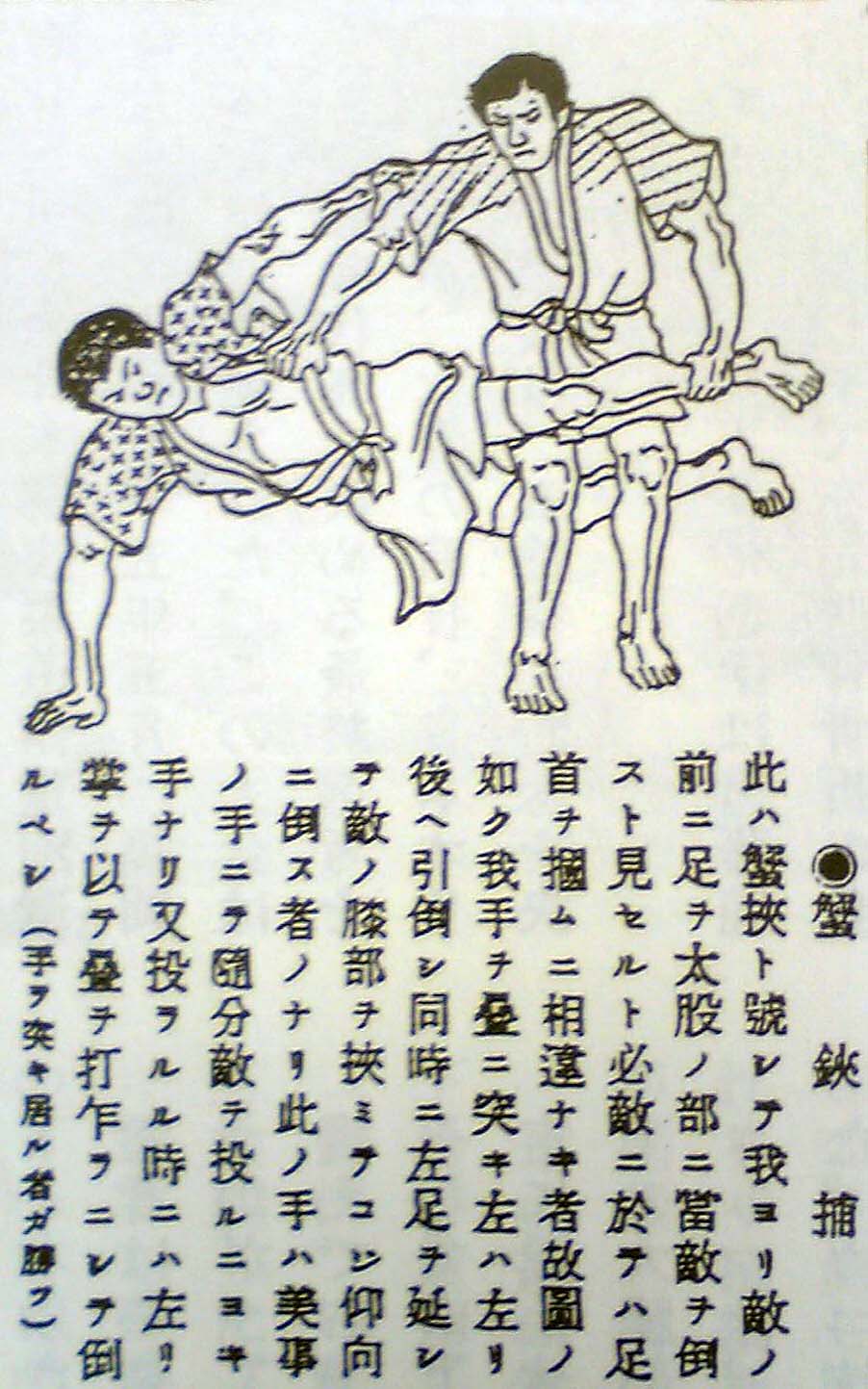|
Negativa
Negativa (negative) also negaça (from ''negar'' - negate, deny) is the essential move of the capoeira martial art. Negativa is used to negate incoming attacks by going low to the ground . It is a form of movement on the floor. Technique To perform the negativa position, capoeiristas squat on one leg and extend the other leg in front of them. Their supporting hand is placed on the ground on the same side as their extended leg, and their free hand is held up to protect their face. Application It's easy to quickly descend into the negativa. A player who does the negativa skillfully effortlessly evade their opponent's attacks, and always delivers their kicks to the intended part of the opponent's body, with impeccable timing. Going to the ground is a common tactic in capoeira, and it can be used to both deceive and attack an opponent. An experienced capoeirista can use their ground skills to lure an opponent into a trap, making themselves appear vulnerable when, in reality, ... [...More Info...] [...Related Items...] OR: [Wikipedia] [Google] [Baidu] |
List Of Capoeira Techniques
The list of capoeira techniques includes kicks, headbutts, evasions, acrobatics and more. In capoeira, the main emphasis is normally placed on the interaction between kicks and evasions. Due to historical reasons, different capoeira groups use different names for the same techniques, or the same name for different techniques. Historical development Core techniques Mestre Pastinha considered the core techniques of the traditional capoeira to be the following: * ''cabeçada'' (headbutt) * ''rasteira'' (sweep) * ''rabo de arraia'' * ''chapa de frente'' (front push kick) * ''chapa de costas'' (back push kick) * ''Meia lua de frente, meia lua'' (crescent kick) * ''cutilada de mão'' (Knifehand strike, hand chop) It is documented that the majority of the core capoeira techniques, including ''rasteira'', ''rabo de arraia'', ''chapa de frente'', ''chapa de costas'', ''meia lua de frente, meia lua'', and many other distinct techniques such as scorpion kick (martial arts), scor ... [...More Info...] [...Related Items...] OR: [Wikipedia] [Google] [Baidu] |
Capoeira
Capoeira () is an Afro-Brazilian martial art and game that includes elements of dance, acrobatics, capoeira music, music, and spirituality. It likely originated from enslaved Mbundu people, of the Kingdom of Ndongo, in present-day Angola. The Mbundu of Ndongo had a formal military in which soldiers were professionally trained for combat. When Mbundu people were captured and sold into the Atlantic Slave Trade, they would have brought these fighting abilities with them to Brazil, where it developed into Capoeira. It is known for its acrobatic and complex manoeuvres, often involving hands on the ground and inverted kicks. It emphasizes flowing movements rather than fixed stances; the ''List of capoeira techniques#Ginga, ginga'', a rocking step, is usually the focal point of the technique. Though often said to be a martial art disguised as a dance, capoeira served not only as a form of self defense, but also as a way to maintain spirituality and culture. Capoeira has been practic ... [...More Info...] [...Related Items...] OR: [Wikipedia] [Google] [Baidu] |
Martial Art
Martial arts are codified systems and traditions of combat practiced for a number of reasons such as self-defence; military and law enforcement applications; competition; physical, mental, and spiritual development; entertainment; and the preservation of a nation's intangible cultural heritage. The concept of martial arts was originally associated with East Asian tradition, but subsequently the term has been applied to practices that originated outside that region. Etymology "Martial arts" is a direct English translation of the Sino-Japanese word (, ). Literally, it refers to "武 martial" and "芸 arts". The term ''martial arts'' was popularized by mainstream popular culture during the 1960s to 1970s, notably by Hong Kong martial arts films (most famously those of Bruce Lee) during the so-called " chopsocky" wave of the early 1970s. According to John Clements, the term ''martial arts'' itself is derived from an older Latin term meaning "arts of Mars", the Roman god of w ... [...More Info...] [...Related Items...] OR: [Wikipedia] [Google] [Baidu] |
Street Capoeira Negativa
A street is a public thoroughfare in a city, town or village, typically lined with Building, buildings on one or both sides. Streets often include pavements (sidewalks), pedestrian crossings, and sometimes amenities like Street light, streetlights or Bench (furniture), benches. A street can be as simple as a level patch of Dirt road, dirt, but is more often pavement (material), paved with a hard, durable surface such as Tarmacadam, tarmac, concrete, cobblestone or brick. It can be designed for both social activity and movement. Originally, the word ''street'' simply meant a paved road (). The word ''street'' is still sometimes used informally as a synonym for ''road'', for example in connection with the ancient Watling Street, but city residents and urban planning, urban planners draw a significant modern distinction: a road's main function is transportation, while streets facilitate public interaction. [...More Info...] [...Related Items...] OR: [Wikipedia] [Google] [Baidu] |
Foot Sweep
300px, The attacker on the left sweeps the right foot of the opponent The foot sweep (also footsweep) is a move in many different styles of martial arts. It refers to the use of any part of the foot or leg to trip an opponent or cause them to lose balance. Foot sweeps as an act of human aggression have likely existed worldwide since prehistory, which explains why it is prevalent in many martial arts across the world. However, the earliest documentation of foot sweeps used in self-defense, sport fighting and combat is seen in Chinese Martial arts, Judo, Jujutsu as well as Karate and Muay Thai. Types Drop sweep Commonly thought of when someone hears “foot sweep,” the drop sweep involves spinning and sweeping one or two legs from a crouched position. This move is also known as the back sweep(后扫腿) in many styles of Kung-fu. Single-leg sweep When the opponent has one foot off the ground (usually in mid-kick) and the defender moves past this kick and sweeps out the standing ... [...More Info...] [...Related Items...] OR: [Wikipedia] [Google] [Baidu] |
Martial Arts Techniques
Marcus Valerius Martialis (known in English as Martial ; March, between 38 and 41 AD – between 102 and 104 AD) was a Roman and Celtiberian poet born in Bilbilis, Hispania (modern Spain) best known for his twelve books of ''Epigrams'', published in Ancient Rome, Rome between AD 86 and 103, during the reigns of the emperors Domitian, Nerva and Trajan. In these poems he satirises city life and the scandalous activities of his acquaintances, and romanticises his provincial upbringing. He wrote a total of 1,561 epigrams, of which 1,235 are in elegiac couplets. Martial has been called the greatest Latin epigrammatist, and is considered the creator of the modern epigram. He also coined the term plagiarism. Early life Knowledge of his origins and early life are derived almost entirely from his works, which can be more or less dated according to the well-known events to which they refer. In Book X of his ''Epigrams'', composed between 95 and 98, he mentions celebrating his fifty ... [...More Info...] [...Related Items...] OR: [Wikipedia] [Google] [Baidu] |





